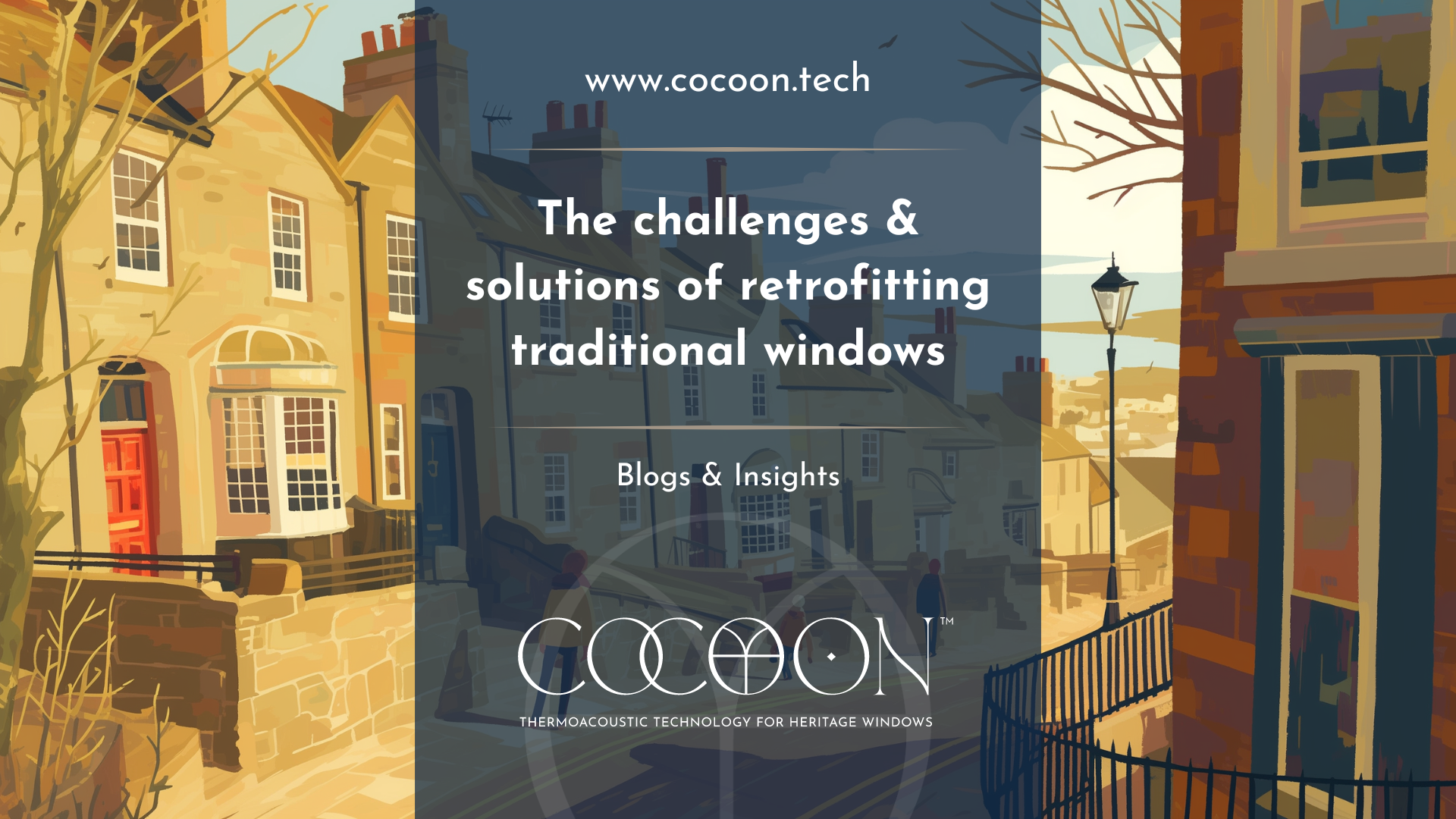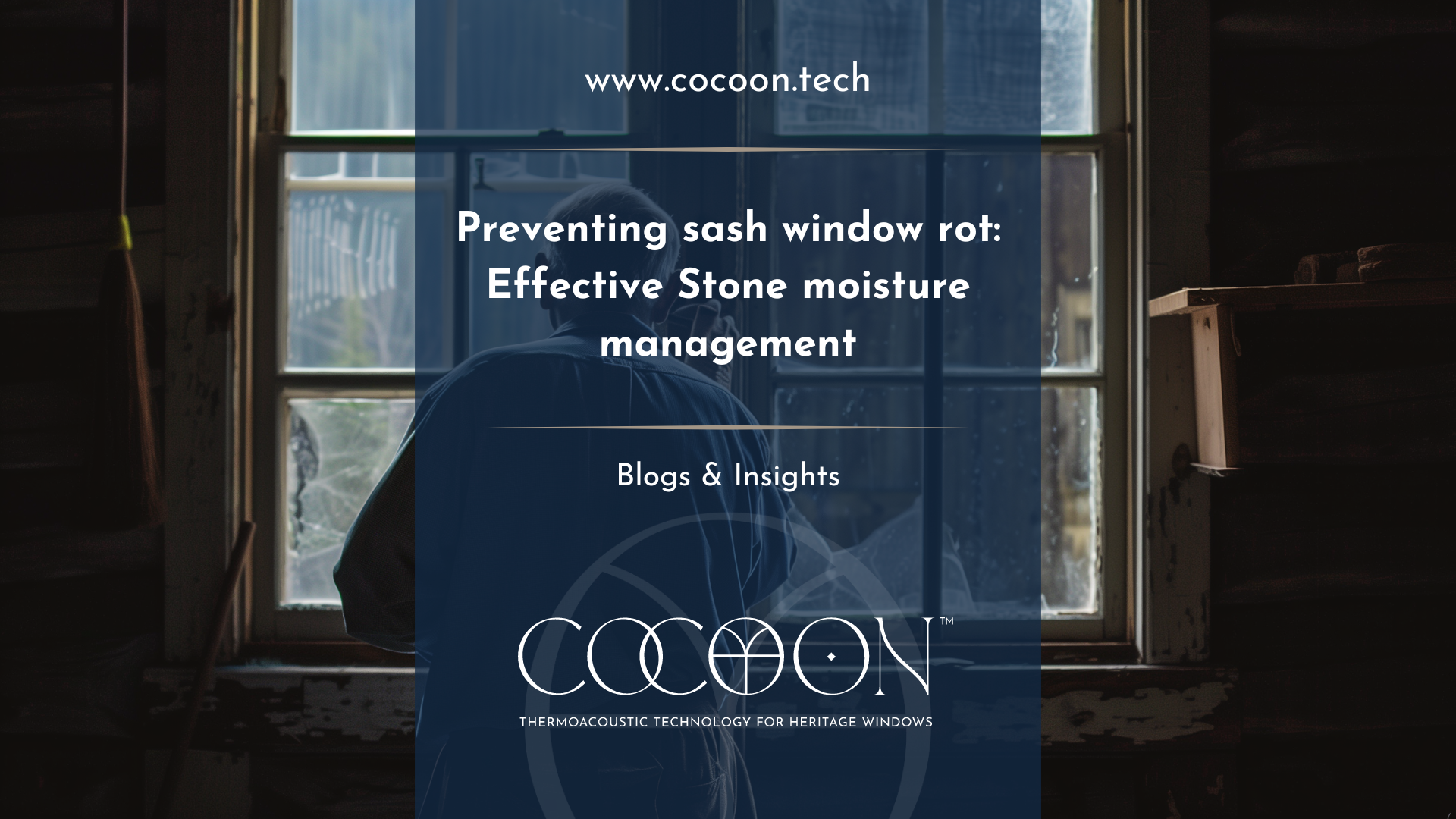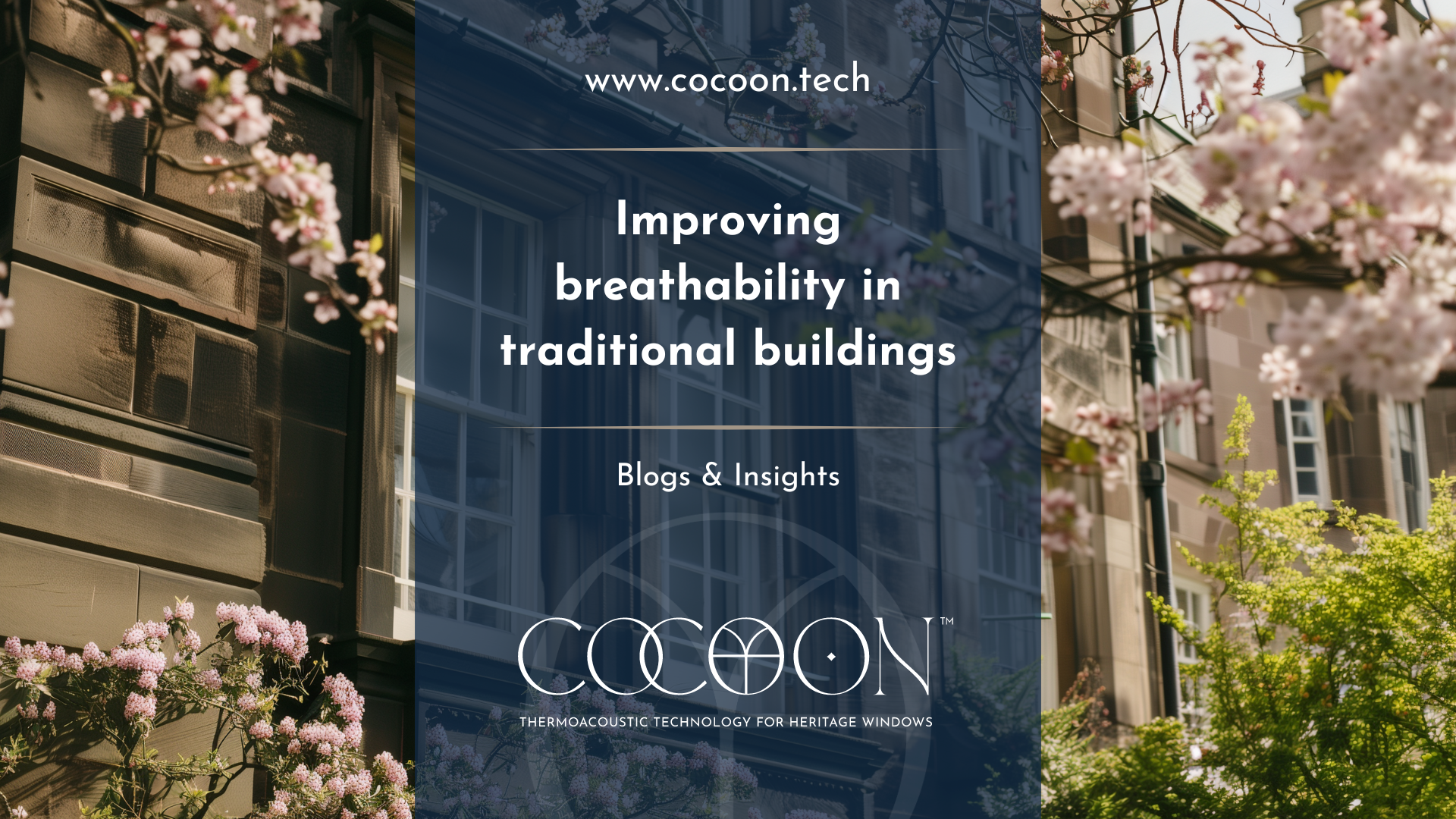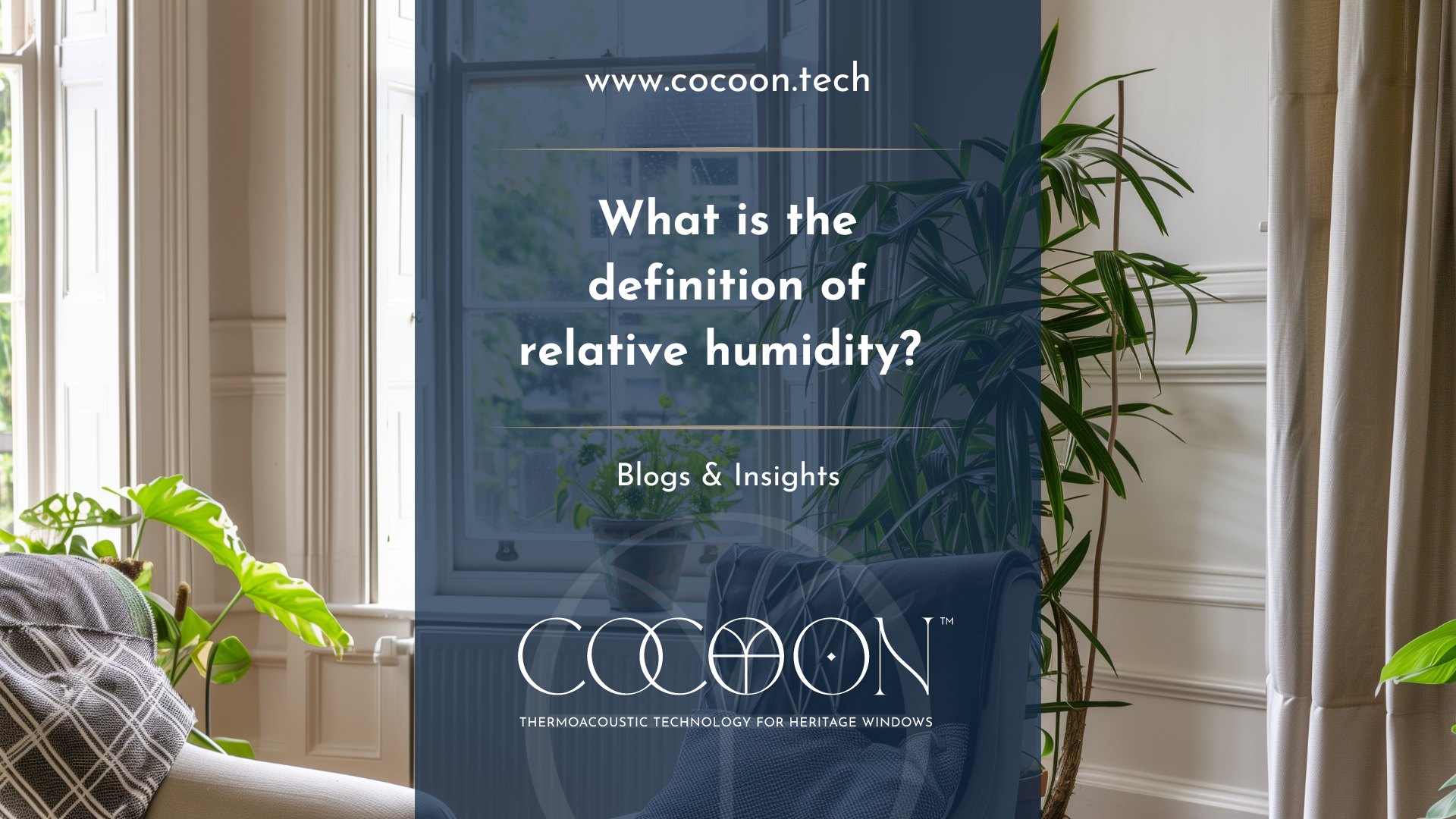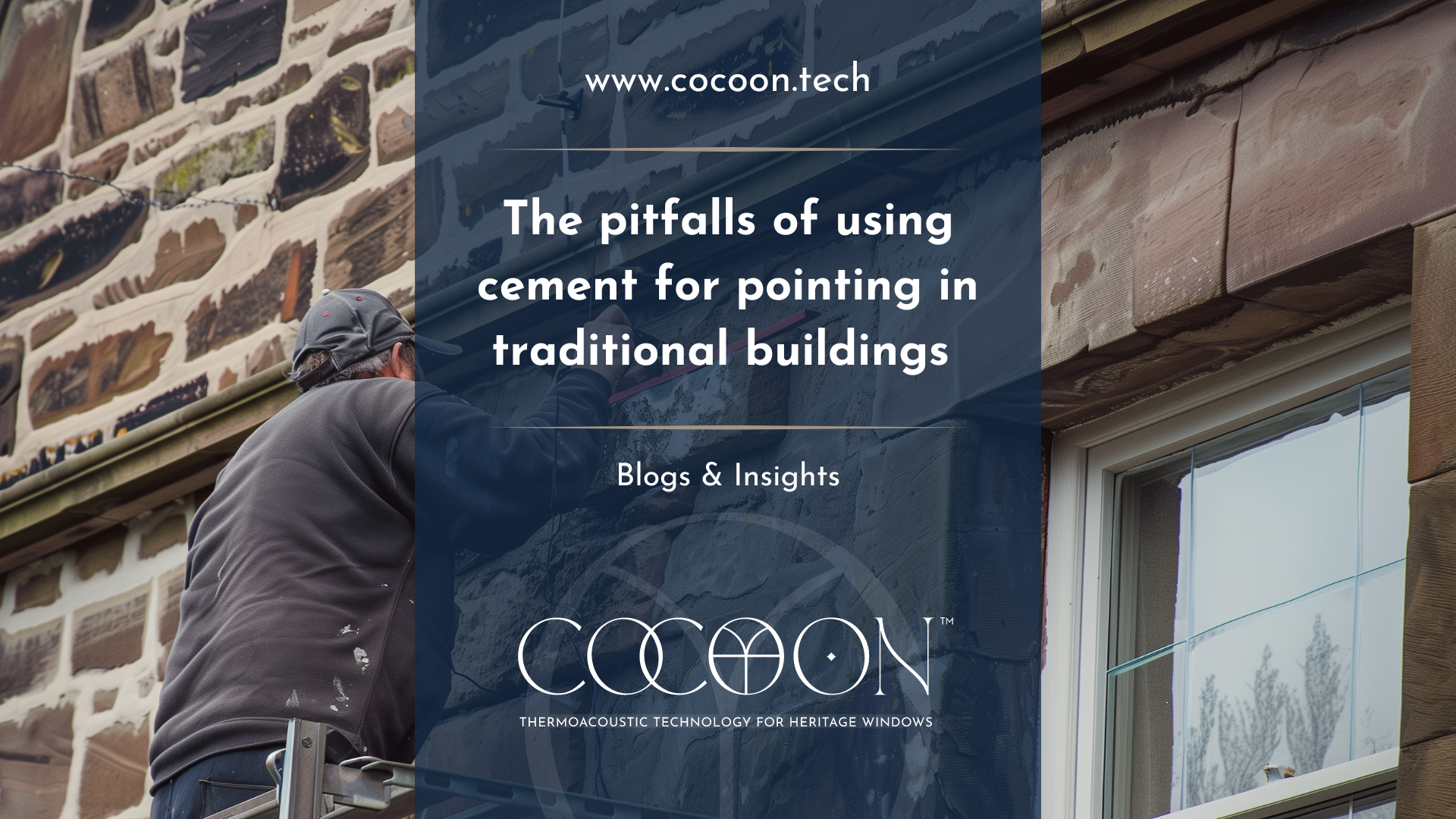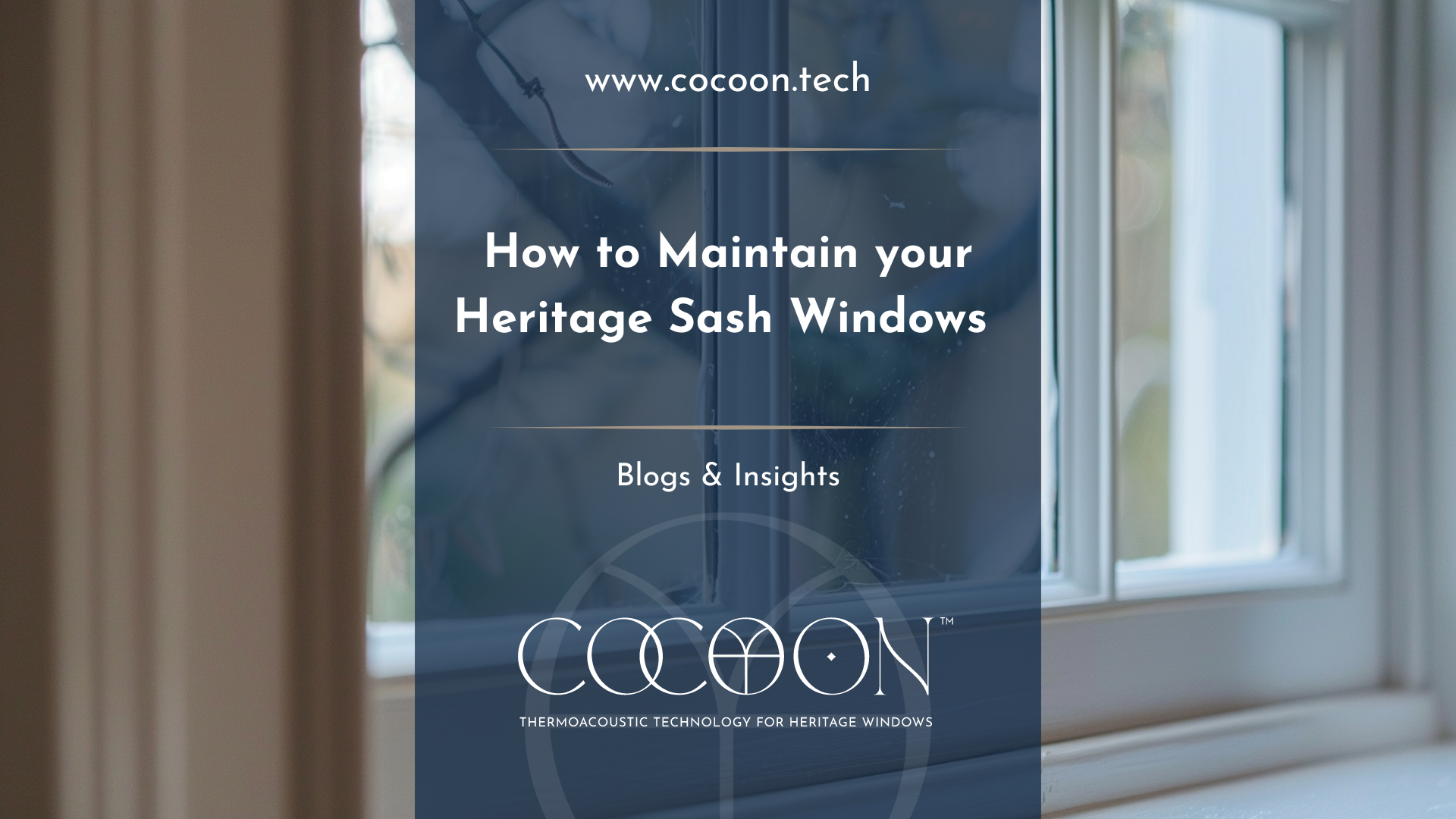Improving Energy Efficiency in Historic Buildings | Glaze & Save
Living in a historic building can be loaded with challenges, but energy efficiency needn’t be one of them. In fact, whether your building is listed, in a conservsation area or built prior to 1919, retrofitting energy efficiency improvements can be done without disturbing the historic character or aesthetic of your property, and in some cases may not require planning consent.
A key component of historic building construction is the use of breathable materials which absorb atmospheric and environmental moisture into the fabric of the building and release it again without detriment to the building.
Historic England states that :
Maintaining the building's ability to control moisture levels in this way is fundamental to its effective thermal performance. When looking after or making changes to your home you therefore need to use materials that are compatible with it.
It is therefore important to bear in mind that the additions and changes you make to your historic building will be quite different to those that you make with a modern building where the building construction and materials are usually designed to keep moisture out.
Assessing You Historic Property
It is important to take a holistic view of your historic building in order ensure that the energy efficiency measures carried out are adequate and thorough.
The first step is to ascertain how you use energy in the property . A family home will have a quite different energy useage to a commercial premises and this must be considered before making energy efficiencies. Examine how rooms are heated, and when they are heated; look at the use of appliances, the energy awareness of the people using the building, etc. Once you have an understanding of how energy is used in the property you can then move assessing its performance.
It’s also worth looking at the construction and condition of you historic building, fixing any issues that may cause energy inefficiency prior to investing in additions. For example damp walls, exposed roofing, and ill-fitting windows are all structural issues that can affect the thermal efficiency of you historic property. Now is also the time to track down sources of draughts, condensation and cold spots.
Insulation
One of the main things you can do to increase the energy efficiency of your historic building is to invest insulation, as around 35% of heat can be lost through a building’s roof and a further 25% lost through the walls.
However there may be access issues in insulating older buildings; for example loft space may be restricted and underfloor insulation may not be possible. Added it this is the importance of ensuring that air flow and breathability is preserved to reduce the likeliehood of condensation and rot.
It is therefore important to choose natural and breathable materials when insulating your historic property. For example, sheep’s wool is a great choice for loft insulation, and wood fibre and cork are suitable for wall insulation.
Draught proofing
Historic properties have a reputation for being draughty, and draughts in themselves can be a huge source of discomfort and thermal inefficiency. For example, older buildings can lose around 15-20% of their heat via draughts alone. Added to this is the need to ensure adequate ventilation to avoid damp and condensation; therefore draught proofing an older property is something which requires a degree of consideration.
Draught proofing is certainly one of the least expensive way, save for behavioural change, to improve the energy efficiency of a property, and usually has a compelling payback time. Simply caulking obvious gaps, electrical outlets and cracks can reduce draughts for virtually nothing, and an old fashioned draught excluder by the door can do much to improve thermal comfort.
However some improvements require a professional solution, particularly with windows. From Historic England:
“About one fifth of a home's heating is lost through windows. Most of that escapes through air gaps rather than through the glass. Research has shown that air infiltration through a sash window in good condition can be reduced by as much as 86% by adding draught-proofing. And it has the added advantage of reducing noise and dust.”
Glaze & Save invisiSeal is a liquid draught proofing product that effectively creates an air tight seal around windows and external doors, giving exceptional energy savings with a great payback time. Perhaps best of all, unlike draught proofing brushes, it is completely non-invasive leaving your original windows entirely intact.
Improvements to your Windows
Heat loss through windows can represent anything from 19% to 30% of the heat loss from you property, particularly in the case of original sash and case windows. Their high U-Value and single glazing make their construction particularly inefficient. Using heavy curtains, closed an hour before sunset, utilising shutters and investing in insulating blinds are all temporary measures to increase the thermal efficiency of your window area.
Secondary Glazing
For a more lasting solution to inefficient windows, without resorting to wastefully replacing your windows (and going through planning permission hell!) it’s worth considering secondary glazing, particularly one as discrete and effective as Glaze & Save InvisiTherm.
Secondary glazing traditionally gave great noise and draught reduction benefits, with some effect on thermal comfort. However, for a long time the only secondary glazing products on the market where those that threatened to compromise the aesthetics of traditional window aspects. It tended to consist of bulky metal frames with heavy glass units which were difficult to move and clean, as well as posing safety issues. It’s no wonder secondary glazing had such a bad name!
InvisiTherm™ from Glaze & Save is a unique polycarbonate magnetic secondary glazing product that is discrete and almost completely invisible both inside and out. This innovative polycarbonate magnetic secondary glazing turns your single glaze windows into double glazing without replacement or redecoration; saving energy, reducing noise, and saving you money with a compelling payback time. Our invisible magnetic secondary glazing system has many benefits over traditional secondary and double glazing, including reduction in heat loss, reduction in noise pollution and no need for any permissions.
Have you signed up to receive our FREE Home Energy Hacks guide? Get it hereand experience a warmer, more energy efficient home today!




